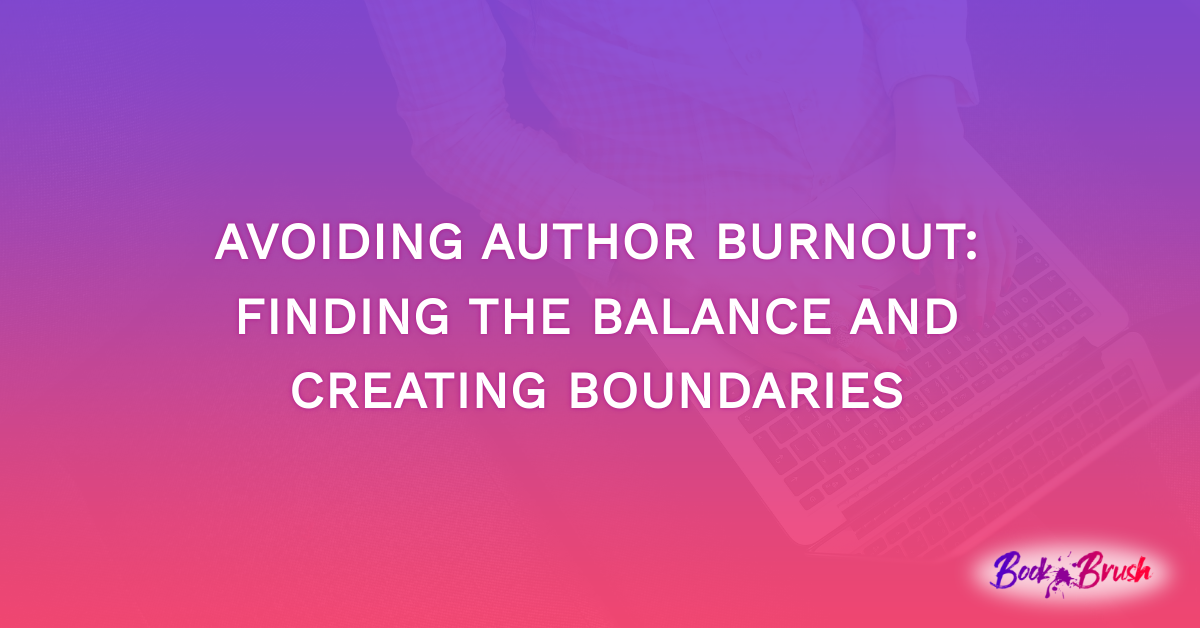To make your story more believable or realistic, you need as much detail or depth as possible. Adding depth to your story is more than just how the story unfolds or the main events that happen. It involves minor details in the story, characters, themes, dialogue, etc. If you’re struggling to add depth to your story, don’t worry! We’re here to help! At Book Brush, we’ve provided a few top tips for adding depth to your story to take it to the next level.
1. Use Your Personal Experiences As Inspiration
When writing, don’t be afraid to pull details from your personal life to add depth to your story. When you use personal experiences, it makes your story seem more authentic. For example, when creating a setting for your story, you should use elements that you’ve seen, smelled, or touched before. Instead of saying: “I walked into a nice-smelling bakery.” You could say: “The inviting bakery smelled of fresh bread, coffee, and was painted in a warm and rich orange color.” This helps the reader to envision the setting. They will be able to picture themselves smelling what the character is smelling and seeing what they’re seeing.
2. Dig Into Details About Your Characters
While a description of their physical traits is important, your character should have more traits discussed about them. They should have a backstory, flaws, dreams, goals, fears, etc. They should also have a challenge that they overcome to give them a character arc. All of these elements will help create a complex character that will seem more realistic and relatable to your readers.
3. Do Your Research
When adding depth to your story, you’ll want to make sure that the details you add are legit. When certain details in your story are incorrect, it can make your story feel inauthentic. Instead of your readers enjoying the small details you’ve added, they’re judging the details for being inaccurate. Fact-checking details is vital. For example, if your character is a doctor and you list the tools she is grabbing, make sure you know the proper name and spelling of the tool.
4. Balancing Details Is Important
Providing details is important in crafting a memorable and engaging story for your readers. However, you also don’t want to bombard your readers with too much information all at once. When you give too much detail all at once, it can confuse the reader, and they could end up forgetting crucial details later on. Providing an even flow of information or detail throughout your book and finding the right balance will help from overwhelming them.
5. Don’t Be Afraid Of Foreshadowing
Foreshadowing is an excellent way to add depth to your story. Foreshadowing is when you add small details throughout the story that hint at something big happening later on. It builds suspense, adds richness to the story, and hints that big things are coming without spoiling the main event.
In Conclusion
Adding depth to your story will make the world that you’re creating feel more real and authentic to the reader. It’ll be more captivating, unique, and your reader won’t want to put down your book.
When you’re done writing your book, Book Brush is the tool to turn to where you can create stunning graphics to represent and promote your incredible book accurately. With Book Brush, you’ll be able to create anything from book covers to ads. You can even design bookmarks, book trailers, Amazon A+ stacked images, and more. There’s no time like the present to start creating a stunning graphic that your audience will love!






